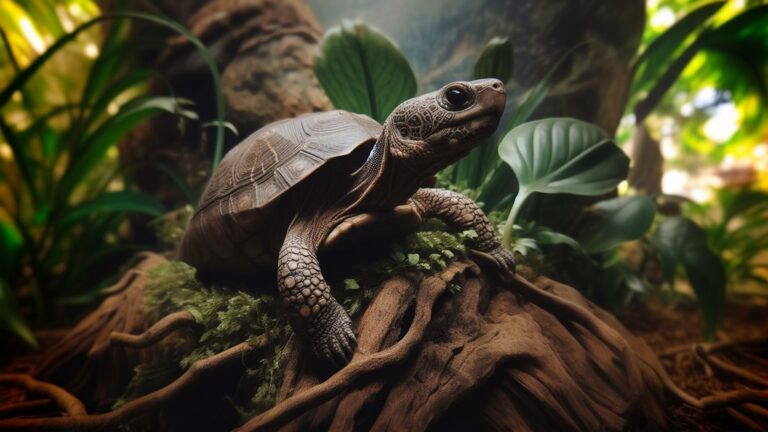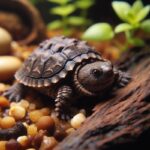Hey there, fellow turtle lovers and pet enthusiasts!
Welcome to our informative guide on the African Aquatic Sideneck Turtle – one of the most fascinating and unique creatures to grace our watery planet.
Get ready for an epic adventure as we submerge ourselves into the captivating universe of these incredible small-scale reptiles.
No need to stress, folks – just sit back, relax, and join us on this incredible journey as we unravel the mysteries and wonders of these endearing aquatic companions.
Together, we’ll explore their unique features, natural habitats, and essential care tips, all while celebrating the sheer awesomeness of these fantastic turtles.
So, gear up and let’s embark on this exciting adventure into the enchanting world of these Species Turtle!
What is an African Aquatic Sideneck Turtle?
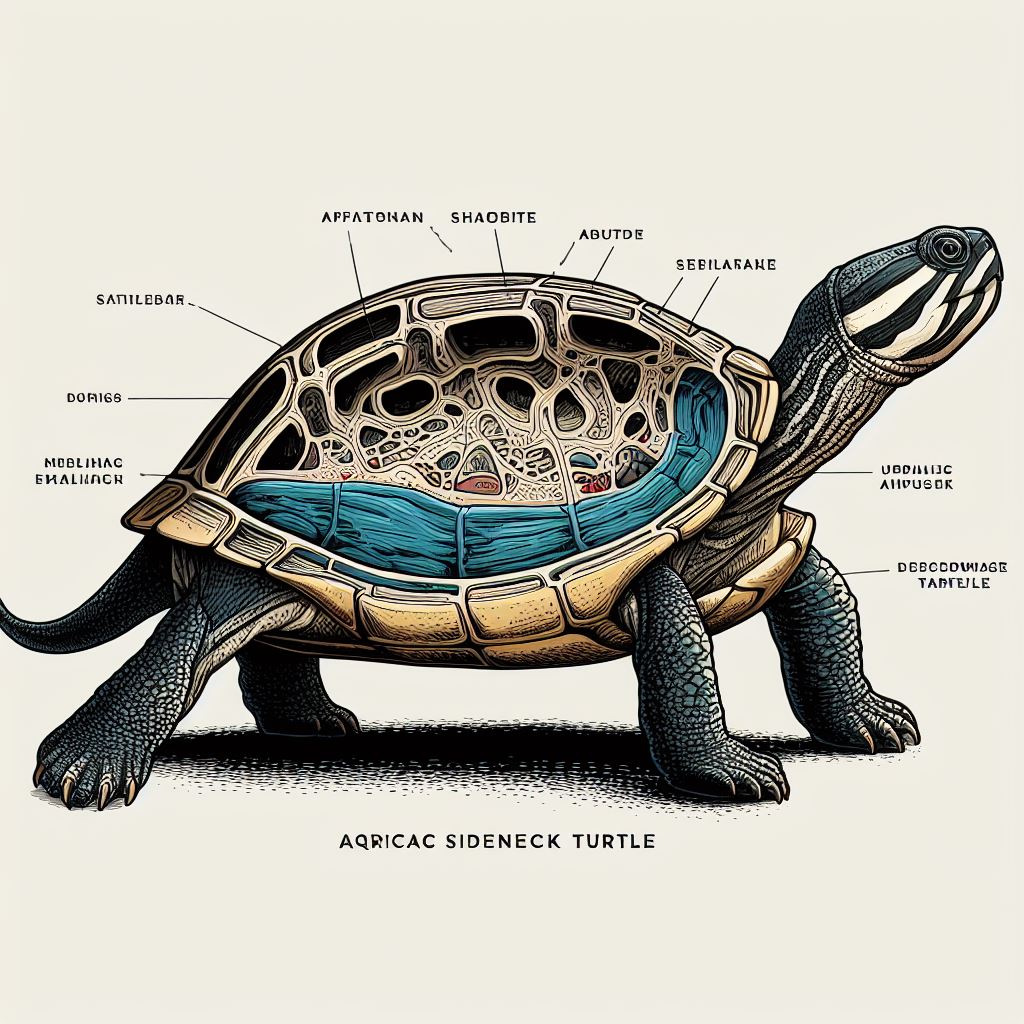
Scientific Background
The African Aquatic Sideneck Turtle (Pelusios castaneus) belongs to the family Pelomedusidae and is native to the freshwater habitats of Sub-Saharan Africa.
These turtles are known for their distinctive appearance, with a neck that bends sideways rather than retracting straight back into their shell, earning them the name “sideneck.”
Physical Characteristics
African Sidenecks have a smooth, dark brown to olive green carapace (shell) with a lighter plastron (bottom shell).
Their skin is typically dark gray or brown with some lighter markings.
Males tend to have longer, thicker tails and are generally smaller than females, who can reach up to 9-12 inches in shell length.
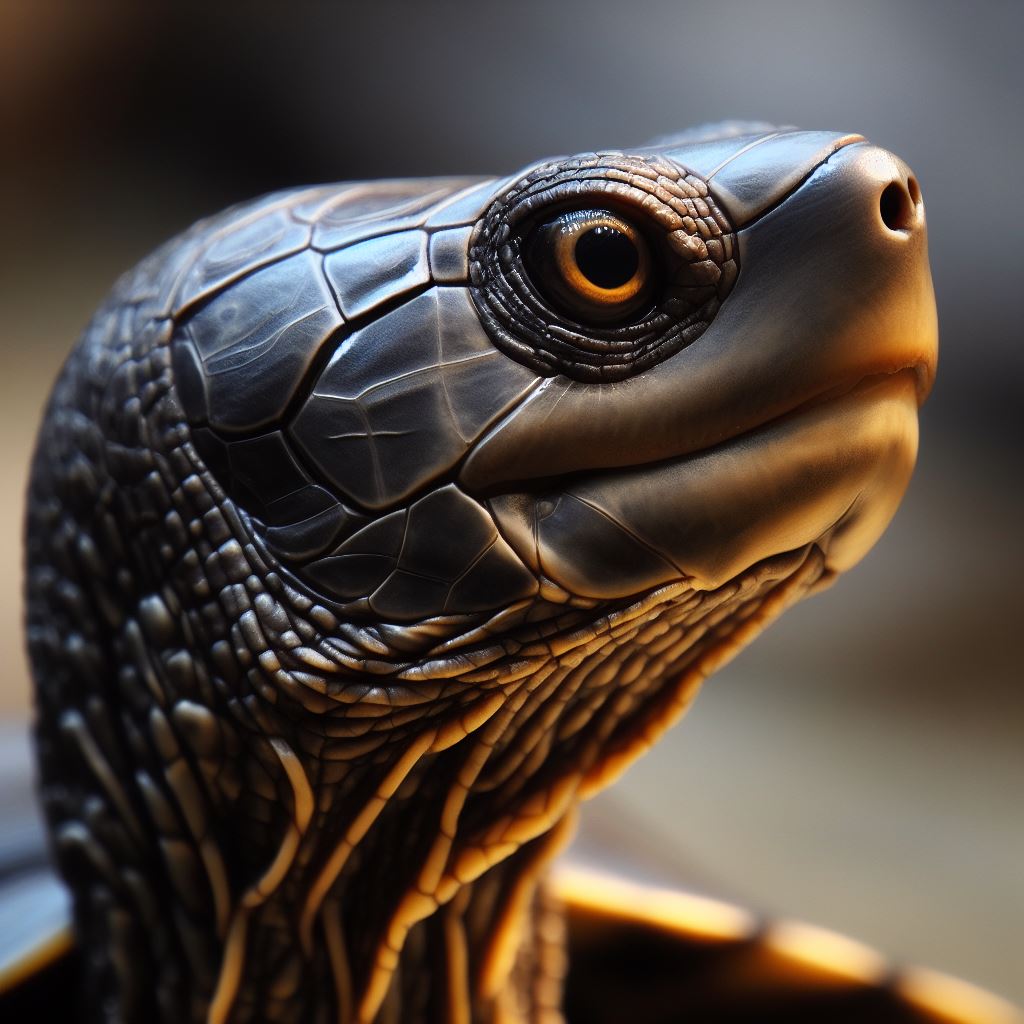
Natural Habitat and Behavior
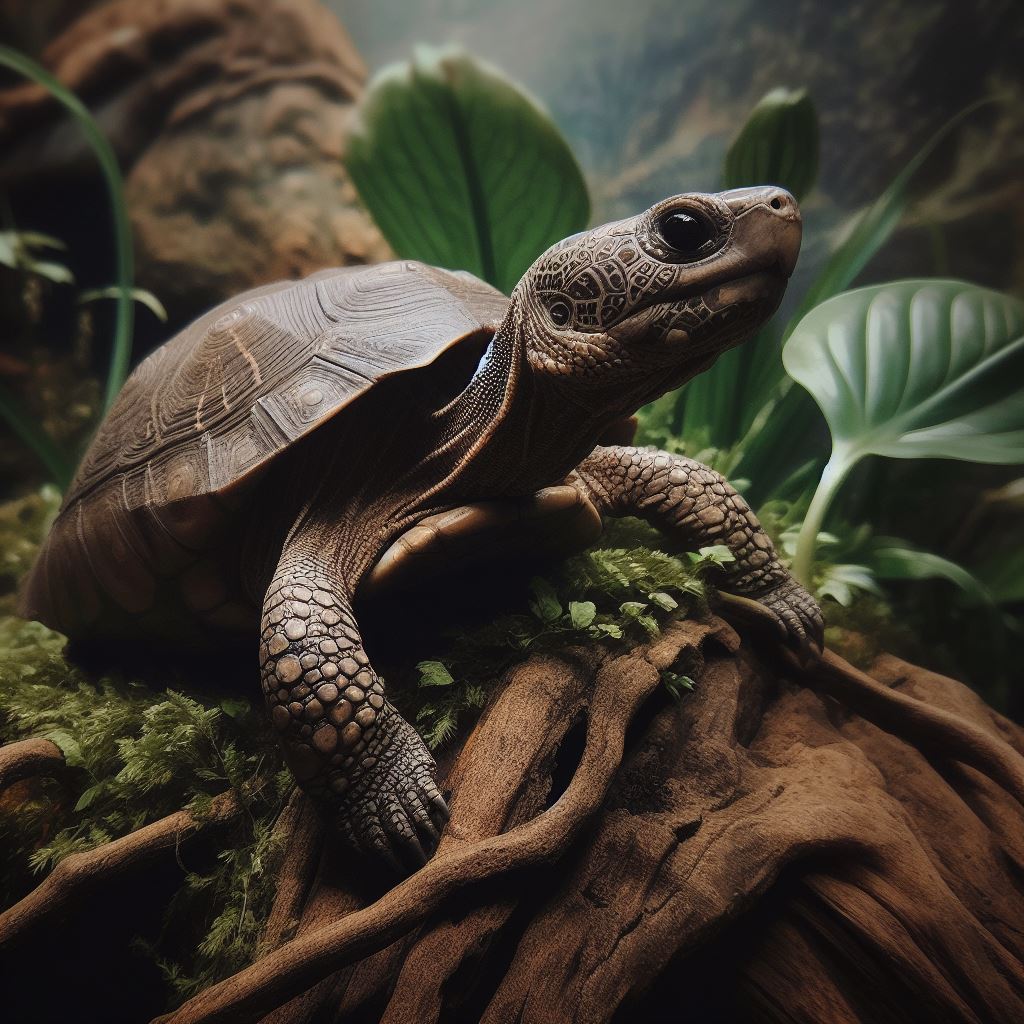
Where They Live
African Aquatic Sideneck Turtles can be found in a variety of freshwater habitats, including rivers, lakes, swamps, and marshes.
They prefer slow-moving or still water with plenty of aquatic vegetation and hiding spots.
Social Behavior
These turtles are generally solitary creatures, although they may occasionally bask together in groups.
They are also primarily nocturnal, spending most of their day hiding and becoming more active at night to hunt for food.

Caring for an African Aquatic Sideneck Turtle
Housing Requirements
- Aquarium Size: To provide a comfortable home for your African Sideneck, a minimum 40-gallon aquarium is recommended. Bigger is always better, as these turtles are active swimmers and need plenty of space to move around.
- Water Quality: Maintain clean water with a high-quality filtration system and regular water changes. A heater is necessary to keep the water temperature between 75-82°F (24-28°C).
- Basking Area: Provide a dry, elevated basking area with a heat lamp to maintain a temperature of 90-95°F (32-35°C). UVB lighting is also essential for their health.

Diet and Nutrition
African Aquatic Sideneck Turtles are omnivorous, with a diet consisting of both plant and animal matter.
Offer a variety of foods, such as commercial turtle pellets, insects, fish, crustaceans, and leafy greens.
Juveniles require more protein, while adults need a higher percentage of plant matter in their diet.
Health and Lifespan
With proper care, African Sideneck Turtles can live up to 25 years or more.
Regular veterinary check-ups and monitoring for signs of illness, such as lethargy, loss of appetite, or shell abnormalities, are essential to maintaining your turtle’s health.
Tips for Turtle Enthusiasts
Handling and Interaction
While these turtles may become accustomed to their owner’s presence, they are not typically fans of handling.
Limit handling to necessary situations, such as tank maintenance or veterinary visits, to minimize stress.
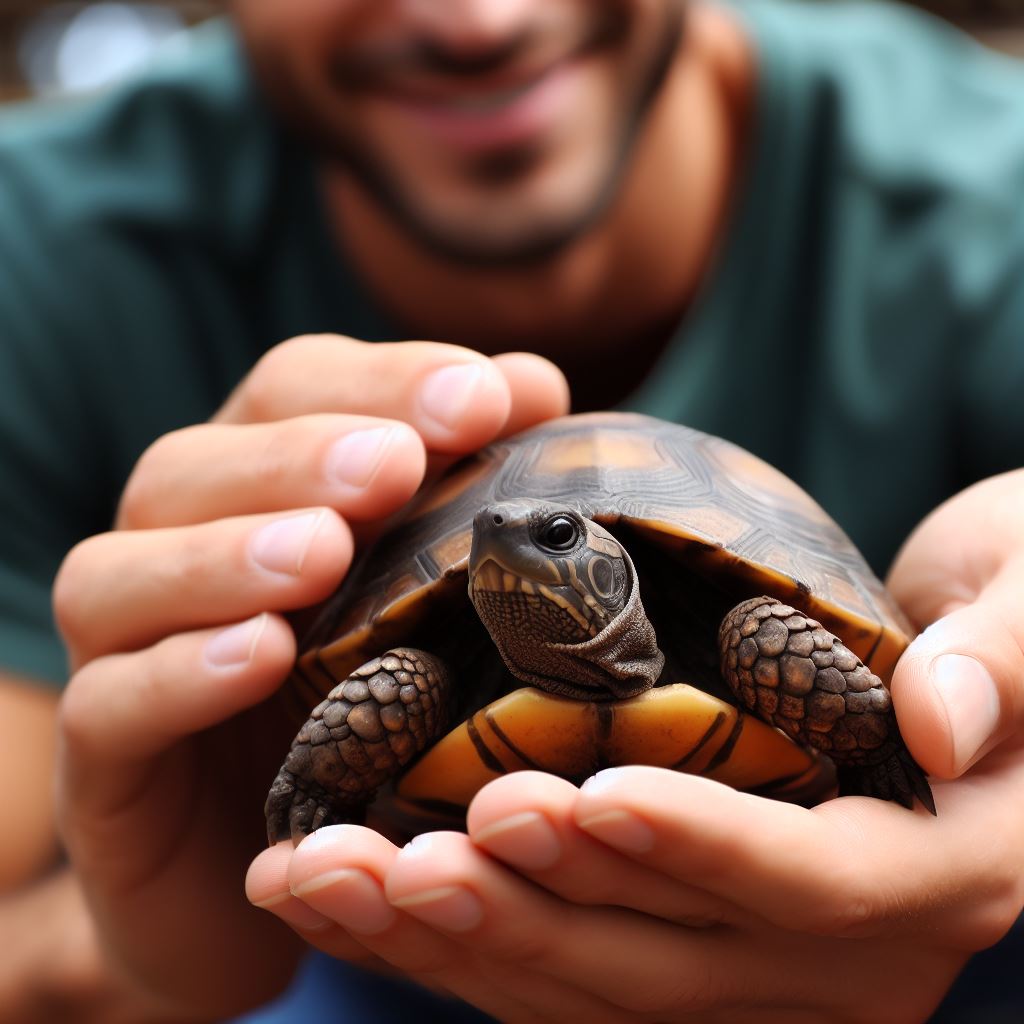
Legal Considerations
Before acquiring an African Aquatic Sideneck Turtle, research your local laws and regulations regarding the ownership of exotic pets.
Some regions might necessitate permits or have restrictions on certain species.
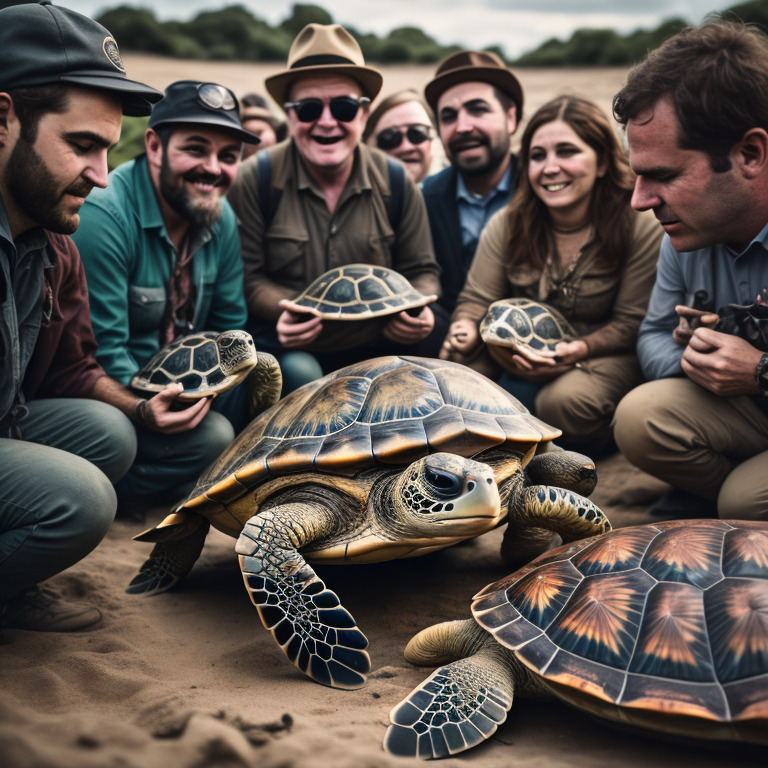
Join a Community
Connecting with other turtle enthusiasts, either online or through local clubs, can provide valuable support, advice, and friendship.
Sharing experiences and knowledge can help both you and your turtle thrive.
Common Health Issues and Prevention
Shell Rot
Shell rot is a common issue in aquatic turtles, caused by bacterial or fungal infections.
To prevent shell rot, maintain proper water quality and ensure your turtle has a clean, dry basking area.
If you notice any signs of shell rot, such as discoloration, soft spots, or a foul smell, consult a reptile veterinarian immediately.
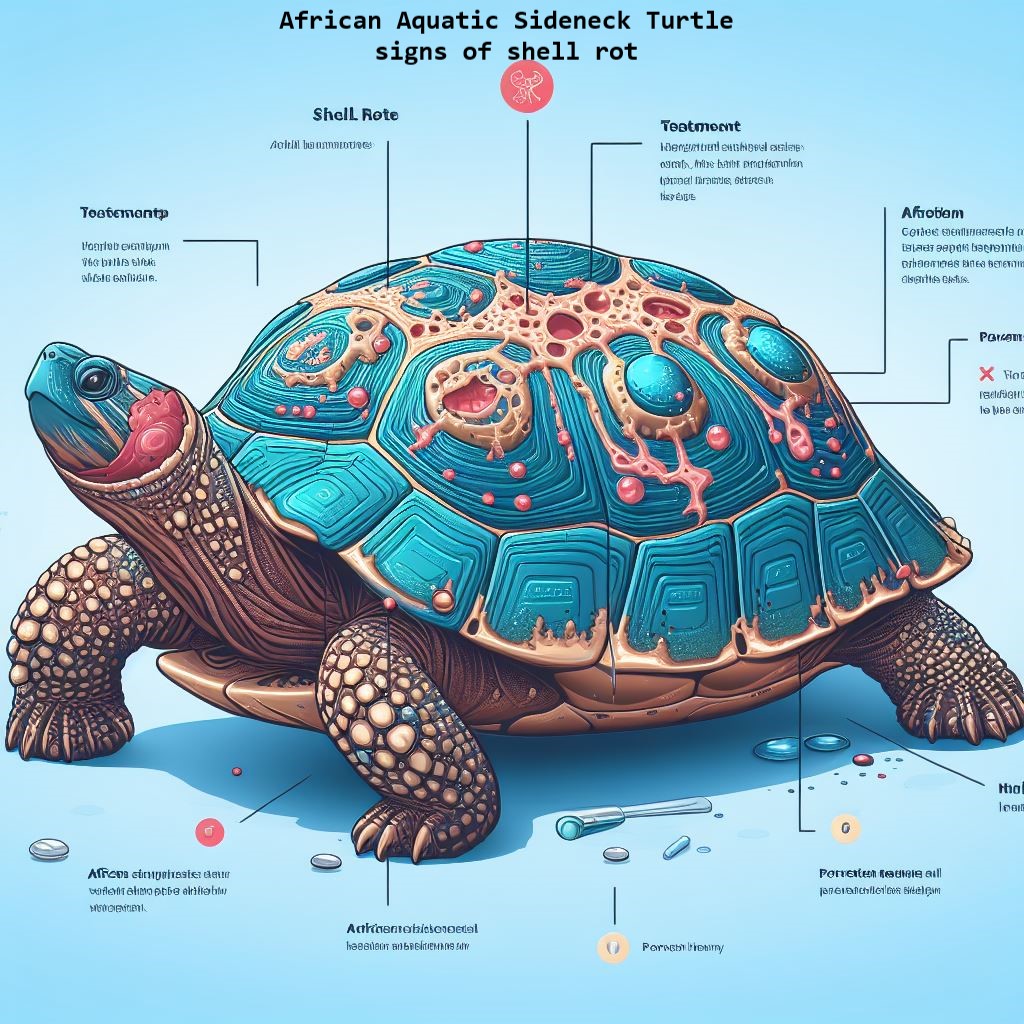
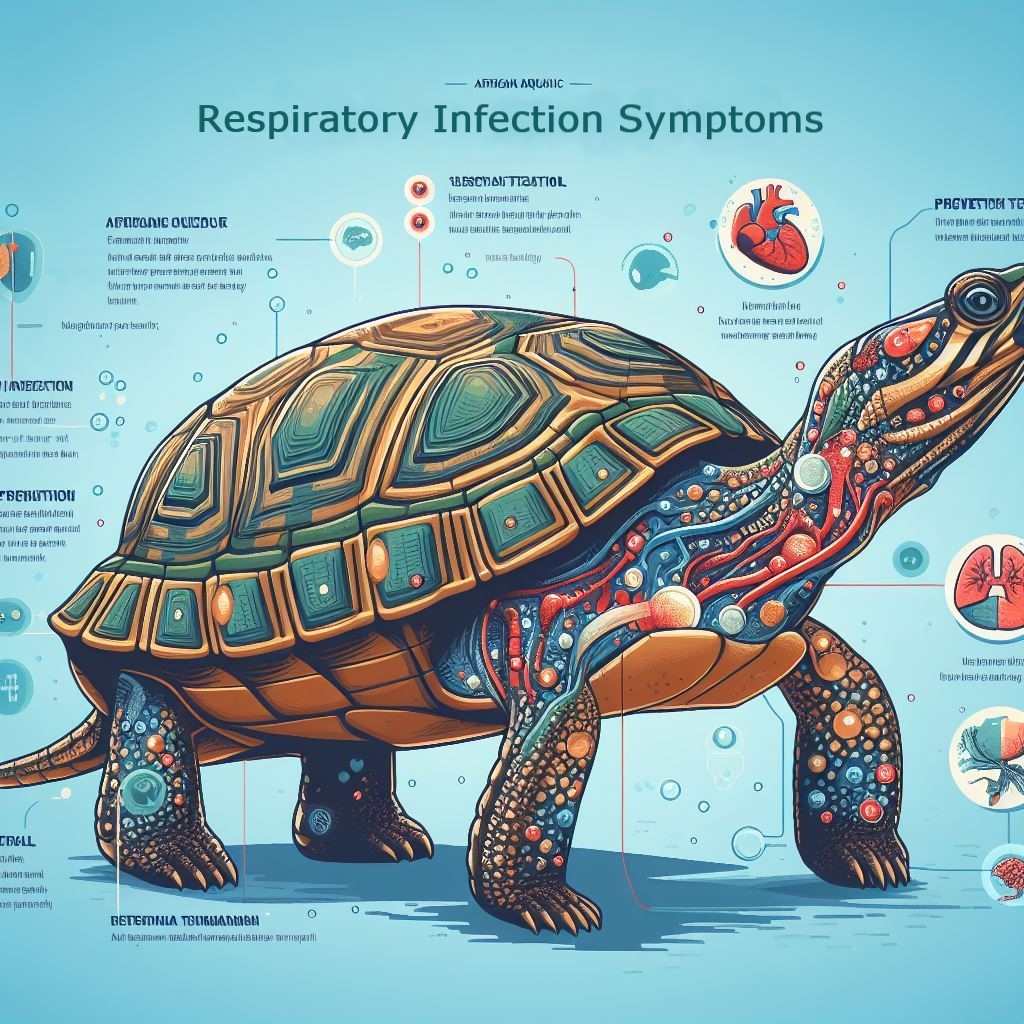
Respiratory Infections
Poor water quality, low temperatures, or inadequate basking areas can lead to respiratory infections in African Aquatic Sideneck Turtles. Symptoms include wheezing, gasping, nasal discharge, and lethargy.
To prevent respiratory infections, ensure proper water quality and temperature, and provide a suitable basking area.
Consult a veterinarian for appropriate care if you suspect your turtle might be suffering from a respiratory infection.
Vitamin and Mineral Deficiencies
African Sideneck Turtles require a balanced diet and exposure to UVB light to prevent vitamin and mineral deficiencies.
Calcium and vitamin D3 are particularly important for healthy shell and bone development.
Provide a varied diet, including commercial turtle pellets and calcium supplements, and ensure your turtle has access to UVB lighting.
Breeding
Determining Sex
Before attempting to breed African Aquatic Sideneck Turtles, ensure you have a male and female.
Males have longer, thicker tails and concave plastrons, while females have shorter tails and flat plastrons.

Creating a Suitable Environment
To encourage breeding, create a naturalistic environment with ample hiding spots and a sandy or soil-based area for the female to lay eggs.
You may also need to adjust water temperature and lighting to mimic seasonal changes, which can trigger breeding behavior.
Incubation and Hatchling Care
Once eggs are laid, they should be carefully removed and placed in an incubator at a temperature of 82-84°F (28-29°C) and humidity of 70-80%.
Hatchlings typically emerge after 60-90 days and should be provided with a shallow water area, proper heat and UVB lighting, and a diet rich in protein to support their growth.
Conclusion
In conclusion, African Aquatic Sideneck Turtles are fascinating pets that require dedicated care and attention to their specific needs.
By understanding their natural habitat, behavior, and requirements, as well as being vigilant about potential health issues and breeding considerations, you can provide a happy and healthy life for your African Sideneck.
Connecting with fellow turtle enthusiasts and seeking expert advice can further enhance your experience as a responsible and knowledgeable turtle owner.
